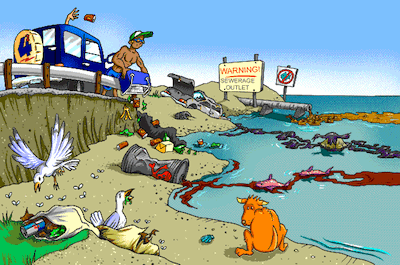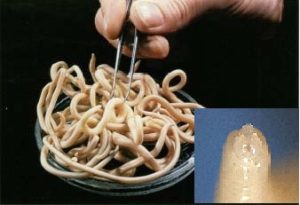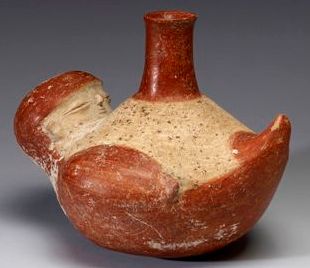 On the 29th of August hours after the protests in the Plaza de Bolivar in Bogota a video of a seriously injured youth known only as the “Joven Herido” started making waves around social networks.
On the 29th of August hours after the protests in the Plaza de Bolivar in Bogota a video of a seriously injured youth known only as the “Joven Herido” started making waves around social networks.
The protests had turned violent and depending on which side of the barricade you stood the blame laid at the feet of either the disproportional force of the ESMED Riot Police or a “cartel of vandals” that had infiltrated the protests and caused the militarization of Bogota.
From that protest the story of the Injured Youth became one of the most viewed, commented, and shared videos to come out of the two week nation wide strikes that had engulfed the country. A closer look at the coverage of the Joven Herido is essential to understand the media war underway between the mainstream broadcast media and Colombia’s citizen journalists.
How to Direct the Narrative in News
As the video of the Injured Youth went viral concerned citizens across Colombia began asking who he was, what happened to him, and if he was okay.
El Espectador, the oldest newspaper in Colombia as well as one of its biggest and most influential, was the only big mainstream communication medium to publish the video. Here is a comparative analysis between the coverage between El Espectador and a small citizen media outlet called Reporteros24 which bills itself as “the social network of citizen journalism from latinos for latinos”
El Espectador published the video on the 29th at 6:55 pm and later tweeted it at 9:15 and 11:53. Reporteros24 on the other hand published the video on the 30th at 6:06pm and tweeted it at 7:13.
The difference between the language they used:
Joven herido durante protestas en Bogotá. http://t.co/tiJc4arkQx
— elespectador (@elespectador) August 30, 2013
“Youth Injured During Bogota Protests”
En video: Joven herido durante protestas en Bogotá http://t.co/i5EtPaUF8A
— elespectador (@elespectador) August 30, 2013
“In Video: Youth Injured During Bogota Protests”
Impactantes imágenes de joven gravemente herido durante manifestaciones por paro agrario en Bogotá [Video] http://t.co/TjYp3ydn2X
— Reporteros24.com (@Reporteros24) August 31, 2013
“Shocking images of a seriously injured youth during the Agrarian Protests in Bogotá”
If you add 27 + 19 + 23 for the amount of retweets each got above and divide by 3 you get number 23. This makes Reporteros24 tweet the mean. Now note that the twitter account of El Espectador has 1,220,417 followers while Reporteros24 has 1,803 and do the maths – In statistics tweets like El Espectadors are called Outliers.
[pullquote]out·li·er [out-lahy-er] noun:
an observation that is well outside of the expected range of values in a study or experiment, and which is often discarded from the data set.”
[/pullquote]
This is the power of using vague and ambigious language on twitter over its descriptive and contextual opposite – its designed to be discarded.
Now lets compare the landing pages for the Youtube video on both El Espectador and Reporteros24:
[quote]”El Espectador was unable to confirm this information independently, but decided to publish it for its news value. The content below may find upsetting.” El Espectador[/quote]
[quote]This video circulating on social networks, shows the severity of injuries sustained while this young man participated in marches in support of agricultural strike in Bogota. Apparently tear gas exploded near the boy’s face. The images can hurt your sensitivity. Reporteros24 can not independently confirm the veracity, date or place of this material. Reporteros24[/quote]
Here we can give El Espectador the benefit of the doubt in that they published the video the night of the protests (a day before Reporteros24) and legitimately had no information about the boy. However for the most viewed, shared, and commented video that the newspaper published one might think its “news value” meant it deserved a follow up to find out what happened to the boy.
Colombia’s oldest newspaper however was too busy publishing article after article about the colourfully dubbed a “cartel of vandals” guilty of throwing rocks and wrecking public property and even included the video apology of a 15 year old boy whose “reprehensible action” was to graffiti “long live the strike” on a wall which was news worthy enough to get its own article.
Network Anomalies on El Espectador
Four days later and the view-count of the Injured Youth video was rapidly climbing everywhere except newspaper El Espectador where various network anomalies saw the piece fluctuate between 27,000 and 11,000 shares. A few days later still the view count started to fluctuate between 11,000 and 4,000 shares and now sits steady on 12,000.
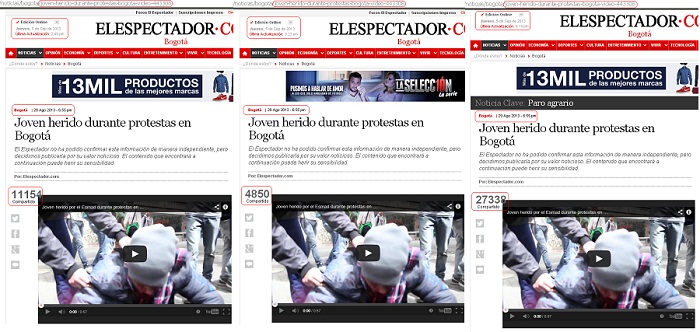
Is this a glitch? Or is it part of a larger plan to censor and obfuscate all news related to violations of human rights perpetuated by the country’s feared ESMAD riot police? Lets look a little deeper.
SEX SELLS vs IF IT BLEEDS IT LEADS
Sex and Gore are the media industry’s two holy cash cows and “The nymphomaniac that proposes to have sex with 100,000 men” was El Espectadors best bet in making the masses forget the previous weeks protests and the Injured Youth. The piece became number 1 in the newspapers TOP 10 for the week of 2nd to 8th of September.
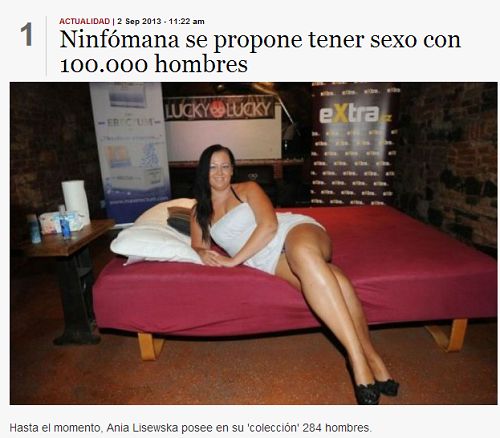
Sex sells and the picture of the 21 year old Polish sex junky with her legs seductively bared on her bed no doubt helped the article skyrocket to number 1 for the week. Now lets look at the Injured Youth in the previous week:
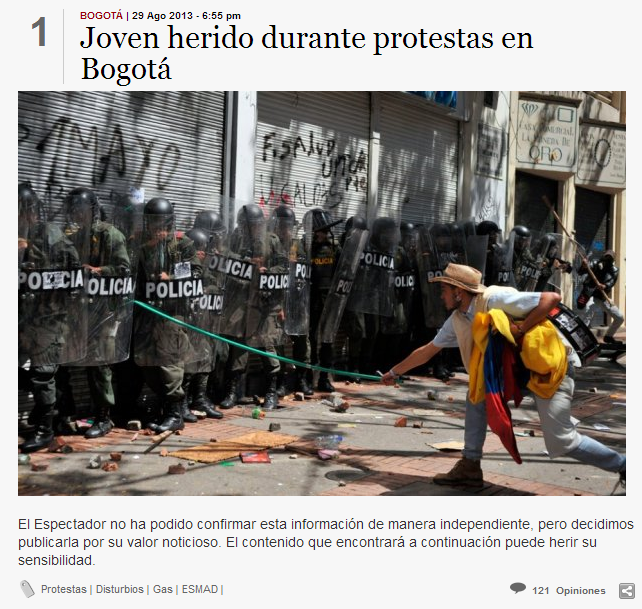
Instead of showing the Injured Youths mutilated face haemorrhaging blood we get an image of a different youth, without a cut on him, seemingly antagonizing the ESMAD riot police that cower against the wall. El Espectador have an original photo of the youth but they decided to go against the cardinal rule in news media “if it bleeds it leads” which makes us wonder why don’t they want this story to lead?
Media Manipulation is everywhere and if citizen journalists do not hold news organizations accountable their flagrant abuse of the truth it will only become more outrageous.
To prove this point the day after the National Agrarian Strike ended, with hundreds of outstanding human rights violations by the ESMAD and half the countryside on the brink of bankruptcy, the front page of El Espectador has 12 articles about sport and one article hidden at the bottom from the “chief of state” Juan Manuel Santos acknowledging there’s a problem.
Casualty of a Media War: Photographer Federico Lennis
With 10,000 shares more than the consecutive weeks article (or 24,443 shares less depending on which view-count you believe) it is hard to fathom why the journalists at El Espectador haven’t looked further into the case of the Injured Youth.
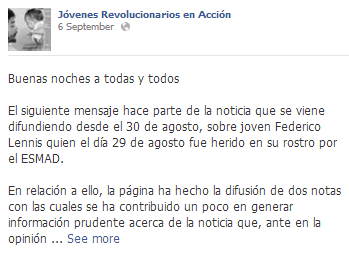
While the mainstream media was silent citizen journalists and Facebook groups were busy scouring the web for more information about the boy and posting pleas via leveraging the power of social networks.
In the image to the left the cousin of the injured youth, named Federico Lennis, states: [quote]Hello everybody, i am the cousin of Federico and I am infinitely grateful to you all for the great support you have given us over this Facebook page. I inform you that fortunately he is good in health and talking in general….
We are working on gathering information as a family, friends, and relatives, contacts of any kind to help improve his quality of life, its to say…. we want a smile on him like before…for that we need a dentist or various im not sure, those who are interested in the case he has already lost various teeth and we need someone urgently…[/quote]
On the citizen journalist site aptly named Mentiras Medios or “Lying Media” we get an even better idea who Federico Lennis is in their two articles that reconstruct the steps leading up to his injury.
They also found a quote on a Youtube video on Noticias Capital that devotes most of the time investigating the Cartel of Vandals but interviews a man at the end who tells us what happened to Federico Lennis: [quote]Yesterday we were first hand witnesses, of the police brutality that the ESMAD introduced and the force available from the National Police in Bogota, on the road 19 with avenue 7a a youth of approximately 18 years was hit by a tear gas grenade. This completely destroyed his lips, the police did nothing to help him.[/quote]
We also see that certain elements are attempting to defame Federico Lennis by claiming he was a “masked vandal” or Capucho. Fortunately we can thank the coming of age of Colombia’s citizen journalists for not settling for censorship and revealing the truth about this 18 year old photographer who may never smile again. But hell always be remembered as the martyr who fought for a cause he believed in.
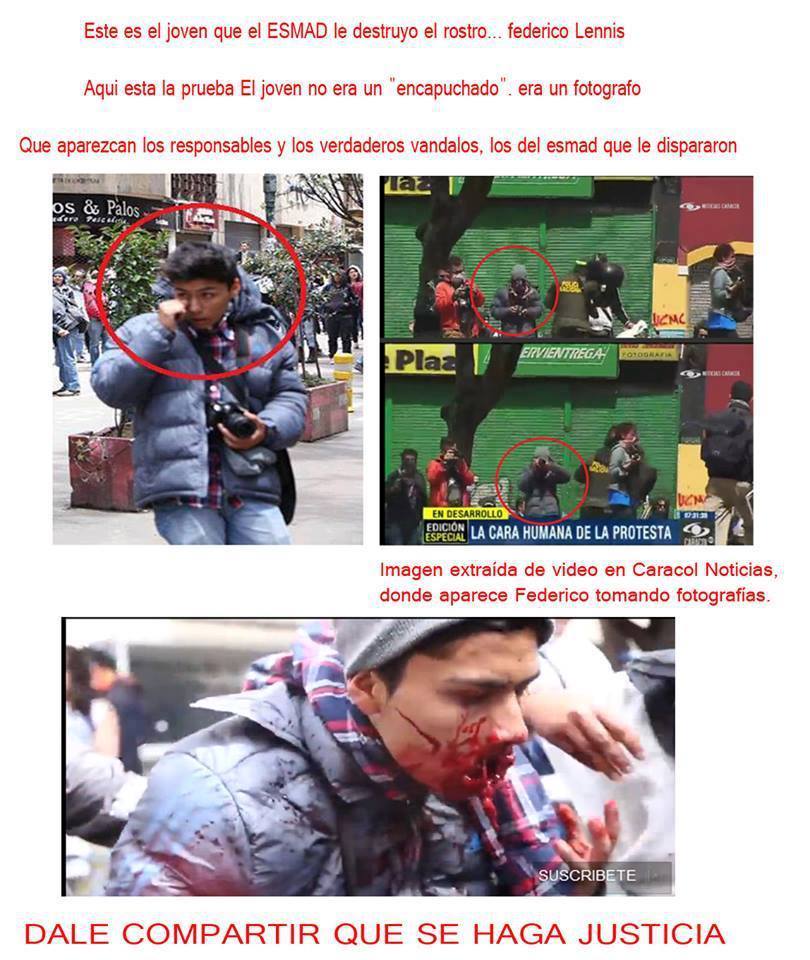
Here is the proof that he was not a “masked vandal” he was a photographer.
That those responsible appear, the true vandals, the ESMAD that shot him.
SHARE THIS SO THAT THERE IS JUSTICE”
[mc4wp_form]

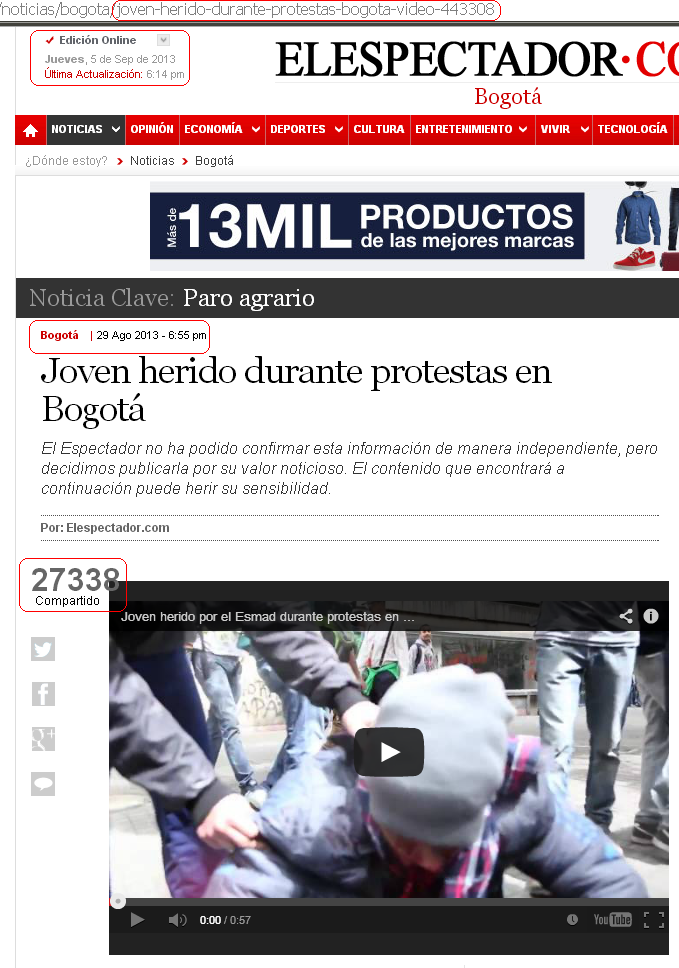
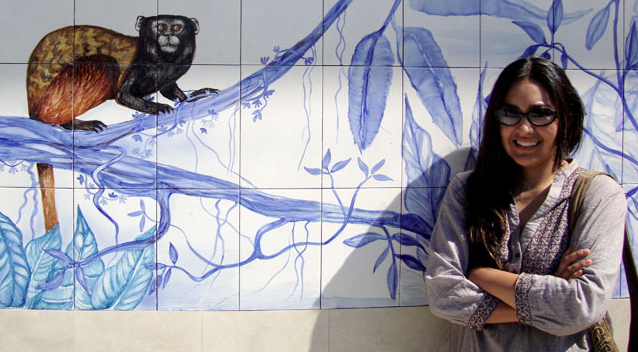
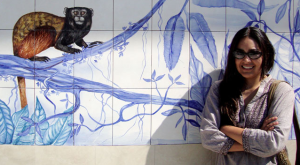 “¿Qué pasa con una democracia cuando los periodistas y artistas tienen miedo de expresar libremente sus críticas a quienes están en el poder?”, es una de las preguntas que hacemos a Vilma Vargas, un talento en ascenso en el mundo del arte ecuatoriano. Fue seleccionada dos veces para el “World Press Cartoon” en Portugal y ganadora en RESET 11.11.11 en México como mejor caricaturista.
“¿Qué pasa con una democracia cuando los periodistas y artistas tienen miedo de expresar libremente sus críticas a quienes están en el poder?”, es una de las preguntas que hacemos a Vilma Vargas, un talento en ascenso en el mundo del arte ecuatoriano. Fue seleccionada dos veces para el “World Press Cartoon” en Portugal y ganadora en RESET 11.11.11 en México como mejor caricaturista.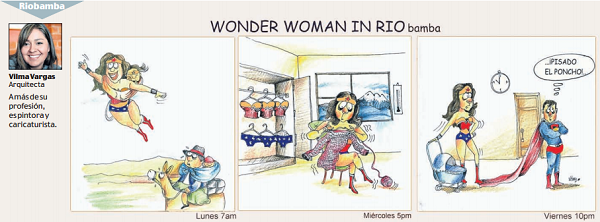
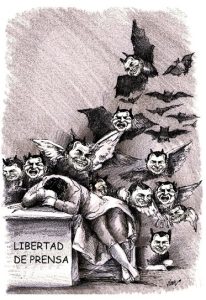
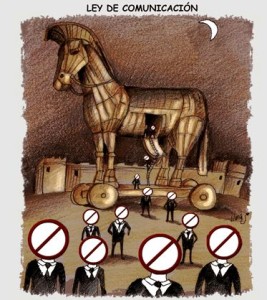
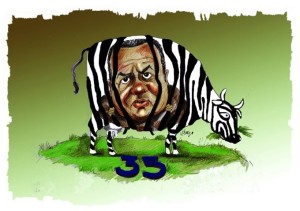

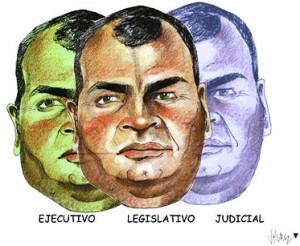
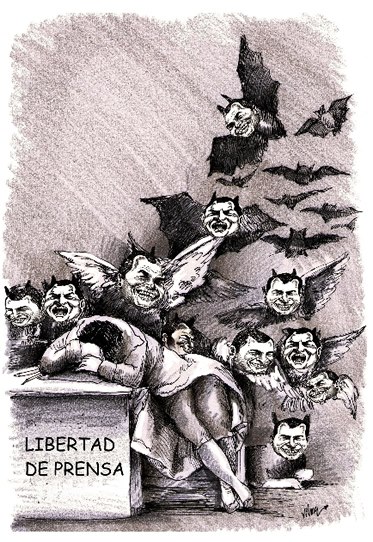

 Today on Chekhov’s Kalashnikov we are going to talk with Luis Xavier Solis Tenesaca who works for the Comittee of Human Rights of Orellana in the Ecuadorian Amazon. This organization which works closely with UNHCR is in charge of protecting and defending some of the worlds most vulnerable and forgotten people – refugees that have fled Colombians civil war in search for asylum and a better life in Ecuador.
Today on Chekhov’s Kalashnikov we are going to talk with Luis Xavier Solis Tenesaca who works for the Comittee of Human Rights of Orellana in the Ecuadorian Amazon. This organization which works closely with UNHCR is in charge of protecting and defending some of the worlds most vulnerable and forgotten people – refugees that have fled Colombians civil war in search for asylum and a better life in Ecuador.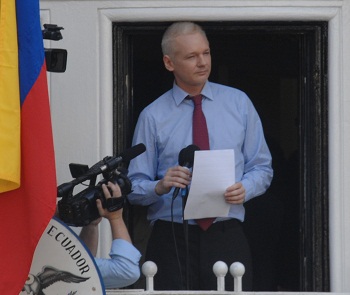
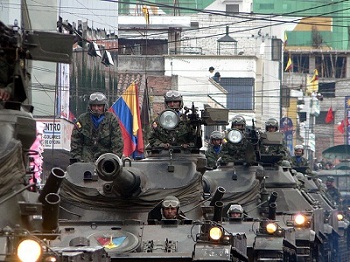
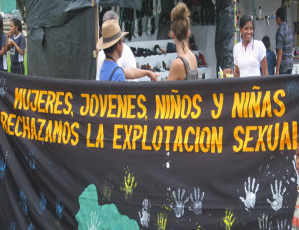
 Chekhov: I want to ask you of the armed groups: paramilitary, military, FARC Guerillas, who are causing the most violations against human rights?
Chekhov: I want to ask you of the armed groups: paramilitary, military, FARC Guerillas, who are causing the most violations against human rights?
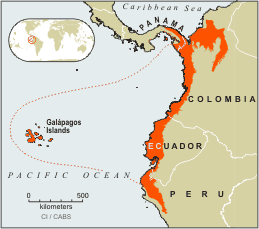

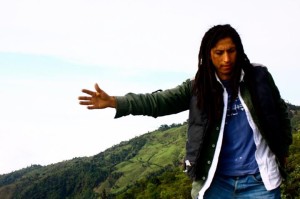 Its a daunting task: Ecuador´s coastal cloud forests and humid montane forests are considered one of the most biodiverse hotspots on the planet, containing approximately 15-17-% of the world’s plant species and nearly 20% of its bird diversity.
Its a daunting task: Ecuador´s coastal cloud forests and humid montane forests are considered one of the most biodiverse hotspots on the planet, containing approximately 15-17-% of the world’s plant species and nearly 20% of its bird diversity.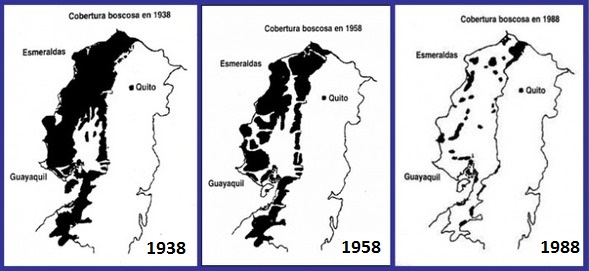
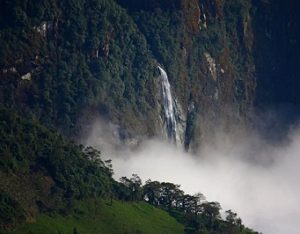
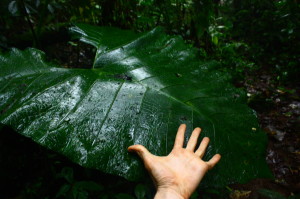
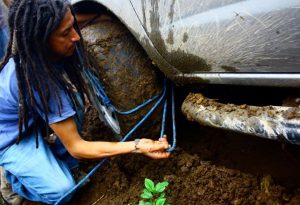 It´s recommended that volunteers that want to work on these conservation projects to arrange to arrive at el Kade by mountain bike or horseback because by car it´s downright dangerous to get there.
It´s recommended that volunteers that want to work on these conservation projects to arrange to arrive at el Kade by mountain bike or horseback because by car it´s downright dangerous to get there.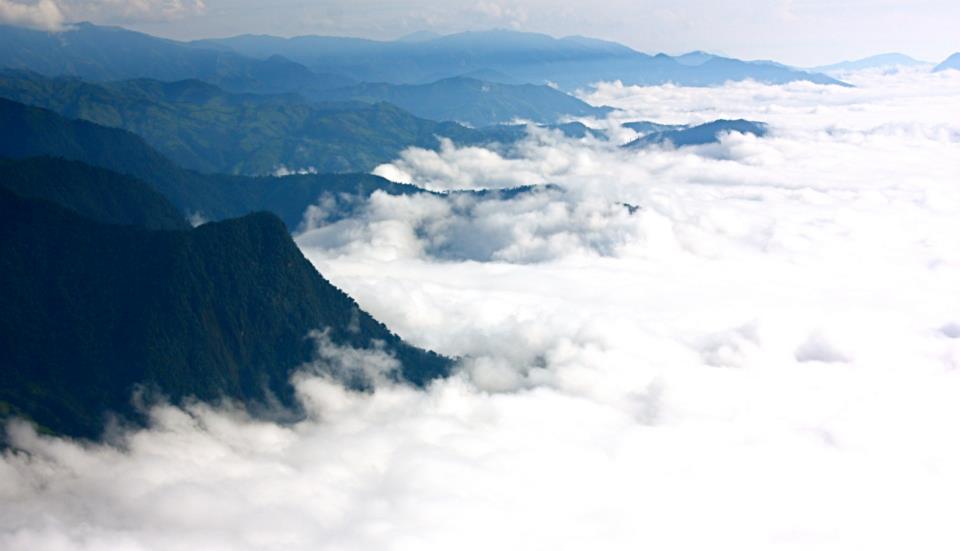
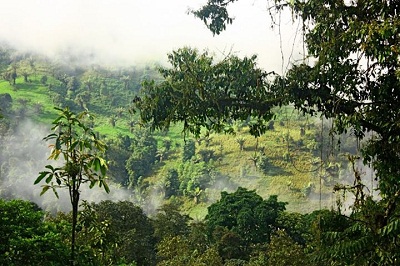
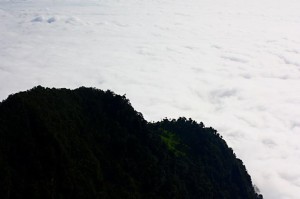

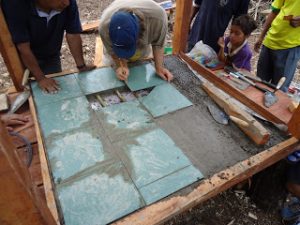 In Part 2 of this interview about human waste disposal and water sanitation Chris tells us the solution to all of the problems mentioned in
In Part 2 of this interview about human waste disposal and water sanitation Chris tells us the solution to all of the problems mentioned in 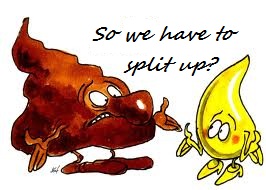
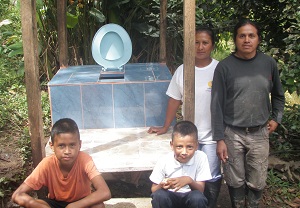 Can you explain how the design for this human waste disposal system works?
Can you explain how the design for this human waste disposal system works?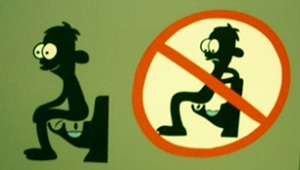
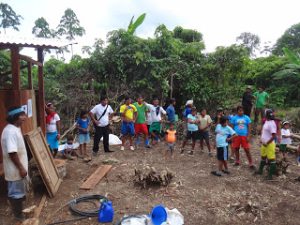
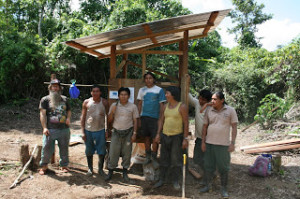 There can be a health risk if, in a multi-family system, some of the users are sick and they are not using their UDDTs properly, such that some of their feces get mixed into the urine, but this can be controlled by storing the urine for a number of months (depending on the climate) or distributing it below the surface of the soil, where no one will have contact with it. The greatest health risk occurs when we do not think rationally about this and do the irrational act of throwing it in the river, where others can have contact immediately.
There can be a health risk if, in a multi-family system, some of the users are sick and they are not using their UDDTs properly, such that some of their feces get mixed into the urine, but this can be controlled by storing the urine for a number of months (depending on the climate) or distributing it below the surface of the soil, where no one will have contact with it. The greatest health risk occurs when we do not think rationally about this and do the irrational act of throwing it in the river, where others can have contact immediately.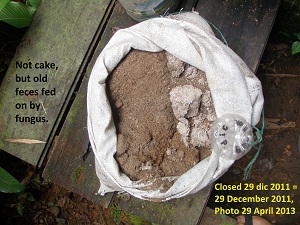
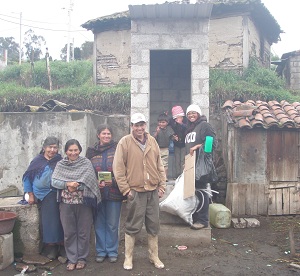
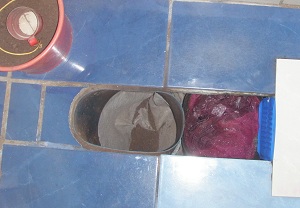 More are being built all the time and volunteers are welcome to help with this. As I write this, the Achuar village of Juyukamentsa is organizing to build UDDTs for each of 16 families and I would like to find a volunteer to help them, especially to contribute to good replication of the design, wood preservation, and education about their proper use and maintenance.
More are being built all the time and volunteers are welcome to help with this. As I write this, the Achuar village of Juyukamentsa is organizing to build UDDTs for each of 16 families and I would like to find a volunteer to help them, especially to contribute to good replication of the design, wood preservation, and education about their proper use and maintenance.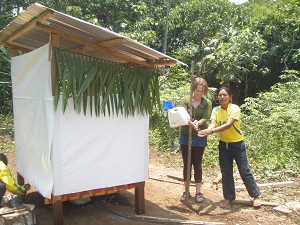 Another factor is that many users will not want to deal with the shit and the piss. This can be resolved by setting up service-provider companies that come to homes and offices to change the containers, hygienically process the contents, and (optimally) put the resulting fertilizers back to work in their own agriculture.
Another factor is that many users will not want to deal with the shit and the piss. This can be resolved by setting up service-provider companies that come to homes and offices to change the containers, hygienically process the contents, and (optimally) put the resulting fertilizers back to work in their own agriculture.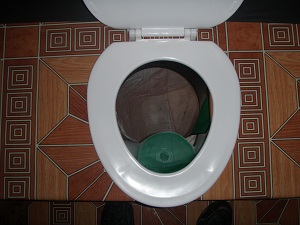
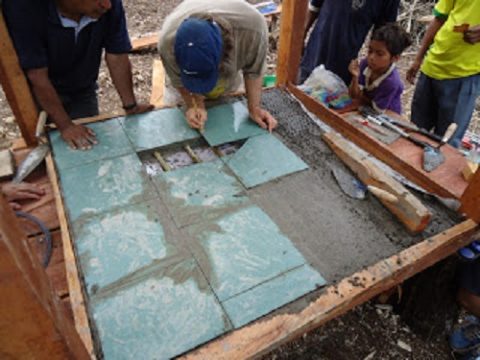
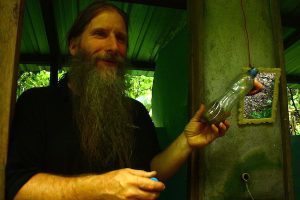 I think that, before we talk about this revolutionary sanitation system, it is important to touch on why the current system is broken. Can you elaborate on how the contemporary western toilet came into being and the devastating effect that it has had on the environment and our health?
I think that, before we talk about this revolutionary sanitation system, it is important to touch on why the current system is broken. Can you elaborate on how the contemporary western toilet came into being and the devastating effect that it has had on the environment and our health?